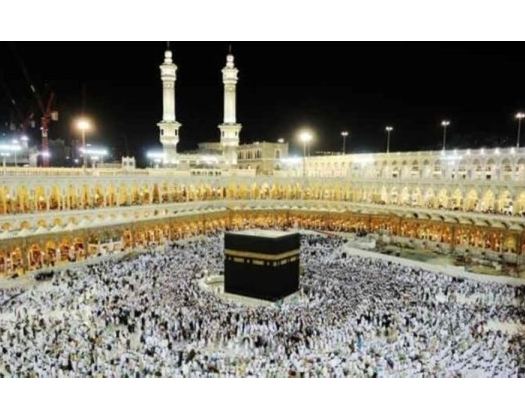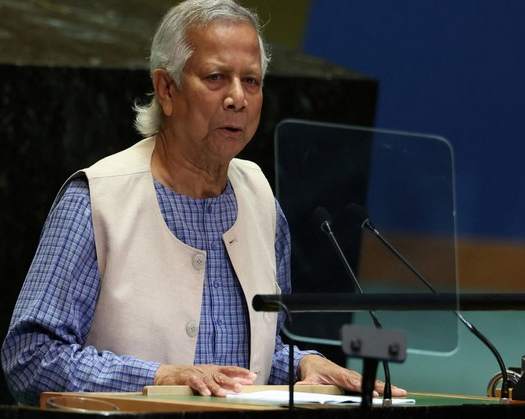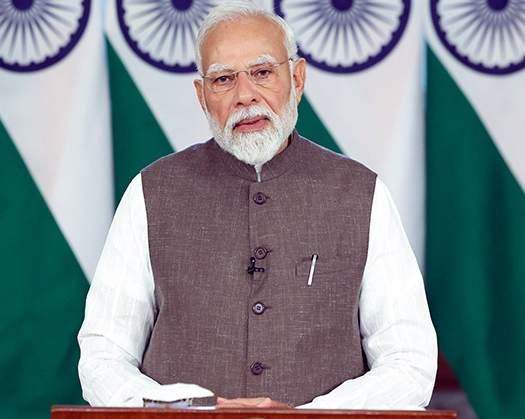Muscat: In 1446 AH, 13,944 pilgrims from the Sultanate of Oman fulfilled 99. 6 percent of the Hajj needs, while 56 others are still completing the procedures.
This occurred during a news conference held by the Omani Hajj Mission at the Ministry of Endowments and Religious Affairs to discuss the indicators, data, and enhancements for this year's Hajj season.
His Excellency Ahmed bin Saleh Al Rashdi, Undersecretary of the Ministry of Endowments and Religious Affairs and Head of the Omani Hajj Mission, reported that the Hajj quota for the Sultanate of Oman this year has reached 14,000 pilgrims, comprising 13,530 Omani pilgrims and 470 resident pilgrims. The total quota was allocated among the governorates based on population density (number of people) for each governorate aged 18 and over.
His Excellency said that Muscat Governorate topped the governorates' quota with 24% of the total quota, followed by North Al Batinah Governorate with 19%. Musandam Governorate got the lowest percentage, less than 1% of the total approved quota.
His Excellency stated that qualification is given electronically via the Sultanate of Oman's pilgrim registration system, which uses mathematical algorithms based on Sharia concepts and jurisprudential considerations to account for a variety of elements and goals, including the social component.
Al Rashdi stated that the statistics for the distribution of visitors by kind of Hajj indicate that obligatory Hajj pilgrims accounted for the biggest share, with a total of around 11,780 pilgrims, accounting for 84 percent of the overall quota. They were followed by volunteer pilgrims, who performed Hajj on behalf of the disabled, as a will, on behalf of the departed, and those suffering from incurable diseases.
Regarding indicators by age group, His Excellency stated that the 3045 age range led the way with 39%, followed by the 4560 age group, those over 60 with around 16%, and lastly, the 1830 age group with 5%.
Al Rashdi noted that the bulk of travelers from the Sultanate of Oman preferred to do Hajj by air, with more than 63% choosing to do so, while the proportion of land pilgrims was 37%. The average cost of Hajj by land was OMR 1,417, whereas the cost by air was OMR 2,063.
He added that the Omani Hajj Mission had launched a number of unusual initiatives this year, including the Beit Al Rabat Endowments Initiative to help individuals eligible for Hajj during the 1446 AH season from social security categories. More than 150 pilgrims benefited from this initiative, totaling more than OMR 150,000.
Al Rashdi also highlighted the first Hajj and Umrah Exhibition, which featured over 30 government and commercial organizations.
Al Rashdi said that the Mobile Vehicles Initiative for the Elderly aims to provide vehicles for performing the Tawaf and Sa'i rites, and is projected to benefit around 450 senior and handicapped pilgrims this season. Meanwhile, the Electronic Bracelets Initiative distributes several electronic bracelets to the elderly and individuals with specific medical issues to increase security, monitor follow-up, and reduce incidents of loss.
His Excellency said that the Hajj Companies Readiness Measurement Initiative aims to ensure the highest levels of efficiency and quality while also improving Hajj companies' performance in accordance with the next phase of managing Omani pilgrims, which is based on certain performance indicators. Meanwhile, the proposal to broaden the Omani pilgrims' transportation plan to include land ports intends to shorten the average bus waiting time at the land port from four hours to around 45 minutes.
His Excellency stated that the mission has implemented a number of new enhancements for this year's Hajj season (1446 AH) at Omani camps in the Holy Lands, addressing various crucial elements and service sectors. In the Mina camp, 75 new restrooms were constructed, bringing the total to 267, and 250 new washrooms and ablution areas were added, bringing the total to 356. In addition to other air conditioning systems, 150 new split units were installed in the air conditioning industry, bringing the total to 900.
At Arafat Camp, 100 new restrooms were constructed, bringing the total to 320, and 250 new ablution basins were added, bringing the total to 312. Air conditioning in Arafat Camp was also upgraded and enhanced, with a total of 60,000 air conditioning units per 32 square meters, up from 40 square meters last season.













